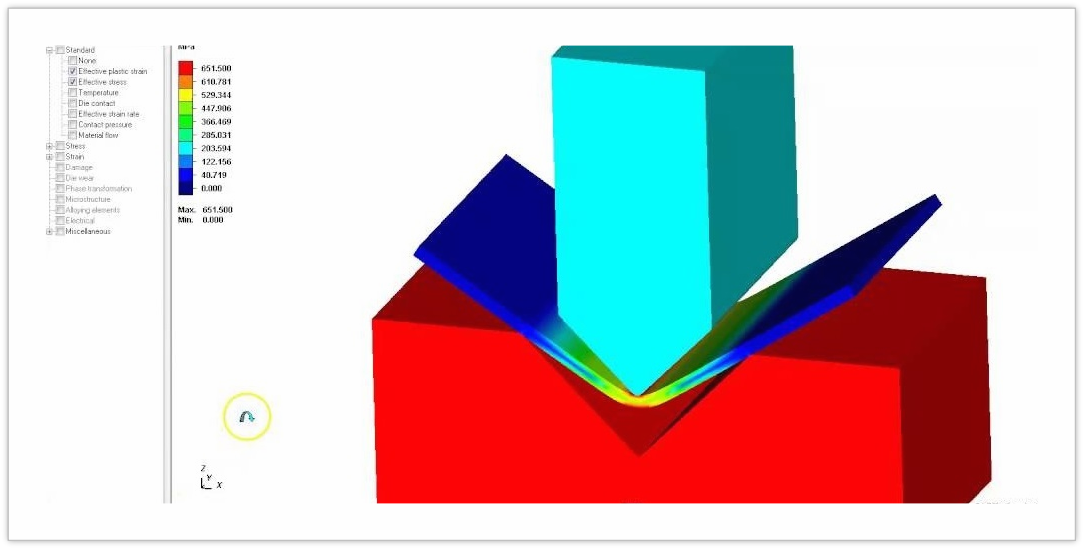- All
- Product Name
- Product Keyword
- Product Model
- Product Summary
- Product Description
- Multi Field Search
| Availability: | |
|---|---|
PRODUCT DESCRIPTION | ||
NO. | ITEM | DESCRIPTION |
1 | Material | Mild steel, stainless steel, aluminum, etc |
2 | Dimension L*W*H | Common 0.5mm-1000mm |
3 | Thickness of material | Common 0.2mm-20mm |
4 | Process | Bending |
5 | Tolerance | +/-0.2mm |
6 | Surface treatment | Powder coating, galvanization, anodizing |
7 | Application | Industry |
8 | Warranty time | 1-2 year(s) |
9 | Place of Region | Jiangsu province of China |
10 | Samples service | Available |

In the field of applied mechanics, bending (also referred to as flexure) is used to describe how a slender structural component responds to an external load applied at a right angle to its longitudinal axis. The structural component is assumed to have at least one dimension that is significantly smaller, usually around 1/10 or less, than the other two. When the length is much greater than the width and thickness, the structural component is called a beam. For instance, a wardrobe rod that sags due to the weight of clothes hanging on hangers is a beam that is experiencing bending. In contrast, a shell is a structure of any shape where the length and width are roughly the same size, but the thickness of the structure (known as the 'wall') is much smaller. An example of a shell experiencing bending would be a short tube with a large diameter and thin walls that is supported at its ends and loaded laterally.

PRODUCT DESCRIPTION | ||
NO. | ITEM | DESCRIPTION |
1 | Material | Mild steel, stainless steel, aluminum, etc |
2 | Dimension L*W*H | Common 0.5mm-1000mm |
3 | Thickness of material | Common 0.2mm-20mm |
4 | Process | Bending |
5 | Tolerance | +/-0.2mm |
6 | Surface treatment | Powder coating, galvanization, anodizing |
7 | Application | Industry |
8 | Warranty time | 1-2 year(s) |
9 | Place of Region | Jiangsu province of China |
10 | Samples service | Available |

In the field of applied mechanics, bending (also referred to as flexure) is used to describe how a slender structural component responds to an external load applied at a right angle to its longitudinal axis. The structural component is assumed to have at least one dimension that is significantly smaller, usually around 1/10 or less, than the other two. When the length is much greater than the width and thickness, the structural component is called a beam. For instance, a wardrobe rod that sags due to the weight of clothes hanging on hangers is a beam that is experiencing bending. In contrast, a shell is a structure of any shape where the length and width are roughly the same size, but the thickness of the structure (known as the 'wall') is much smaller. An example of a shell experiencing bending would be a short tube with a large diameter and thin walls that is supported at its ends and loaded laterally.
